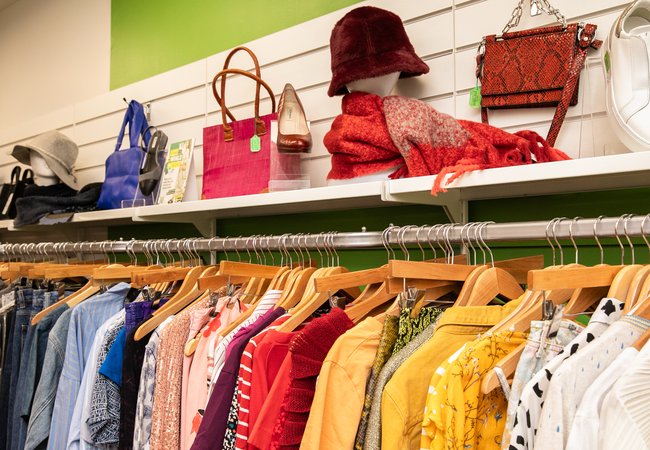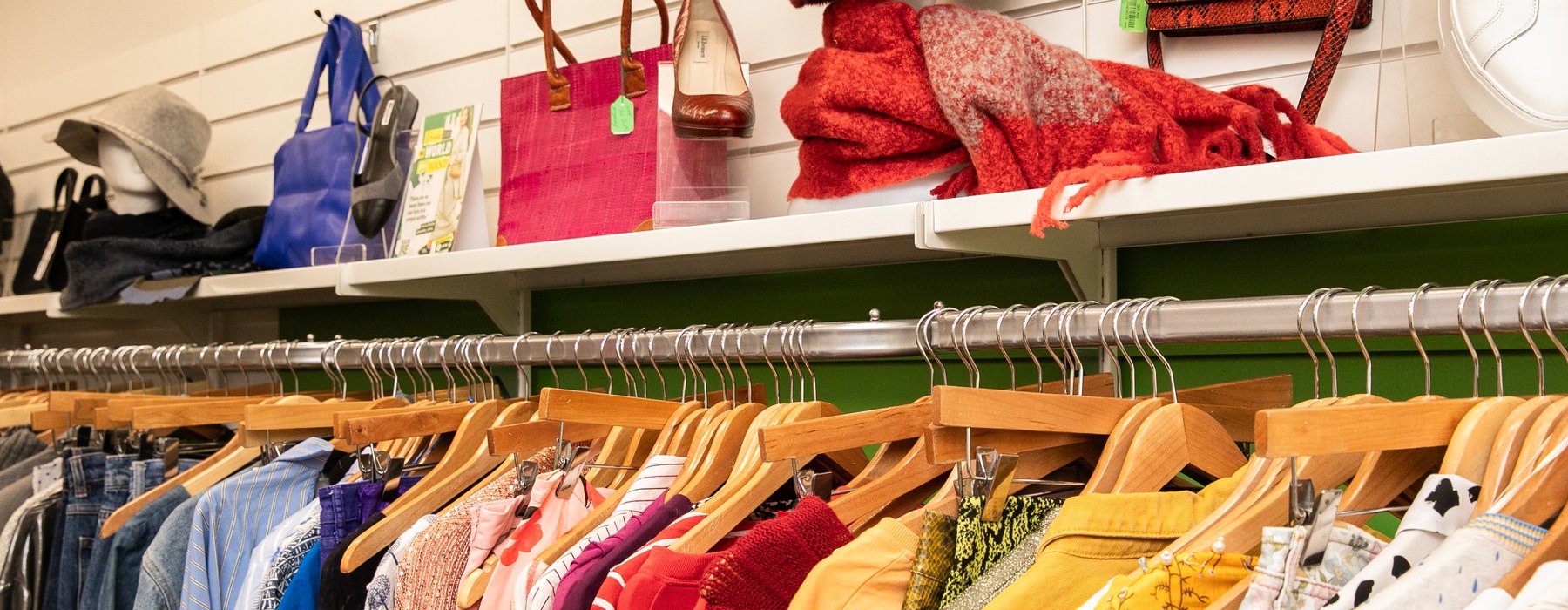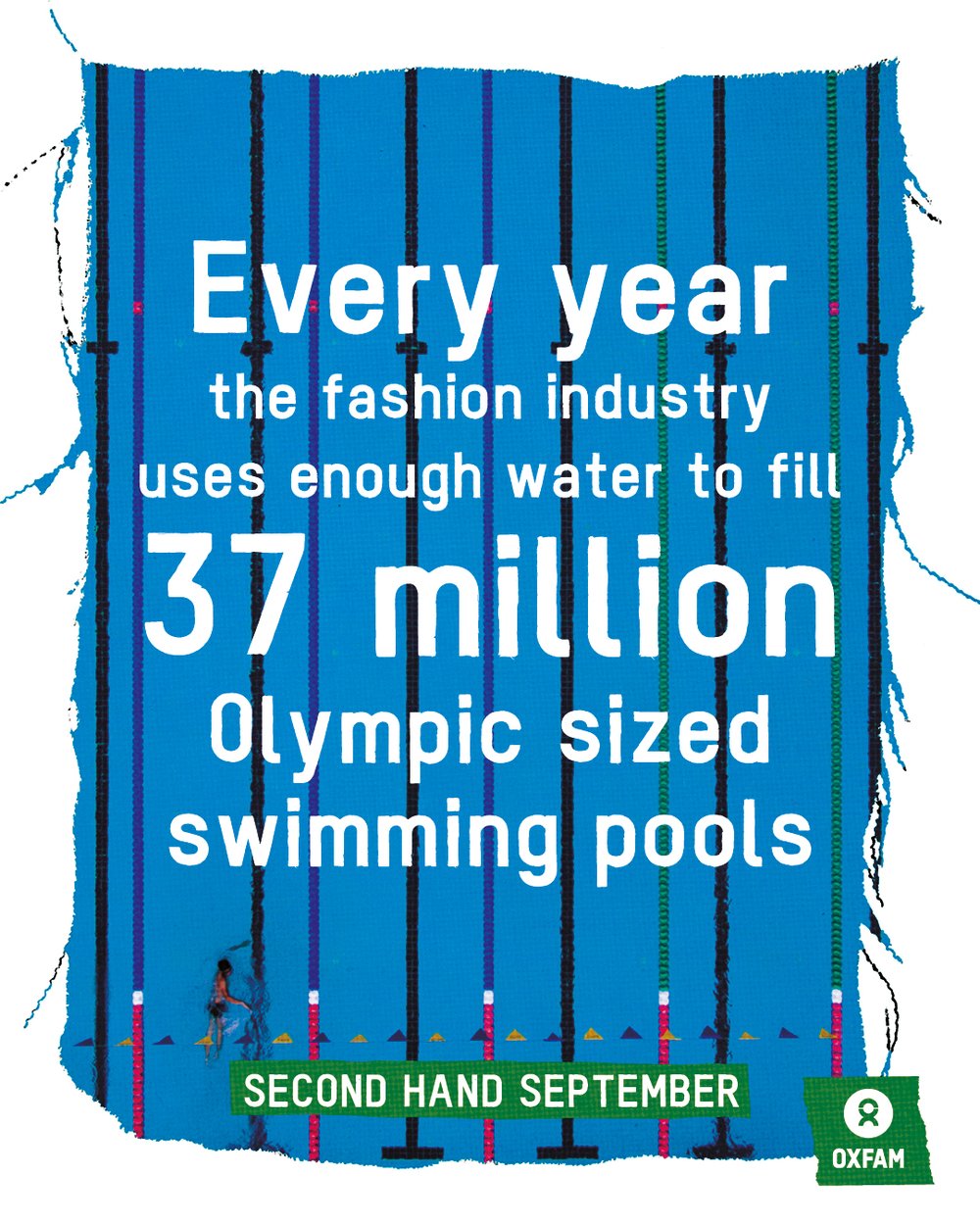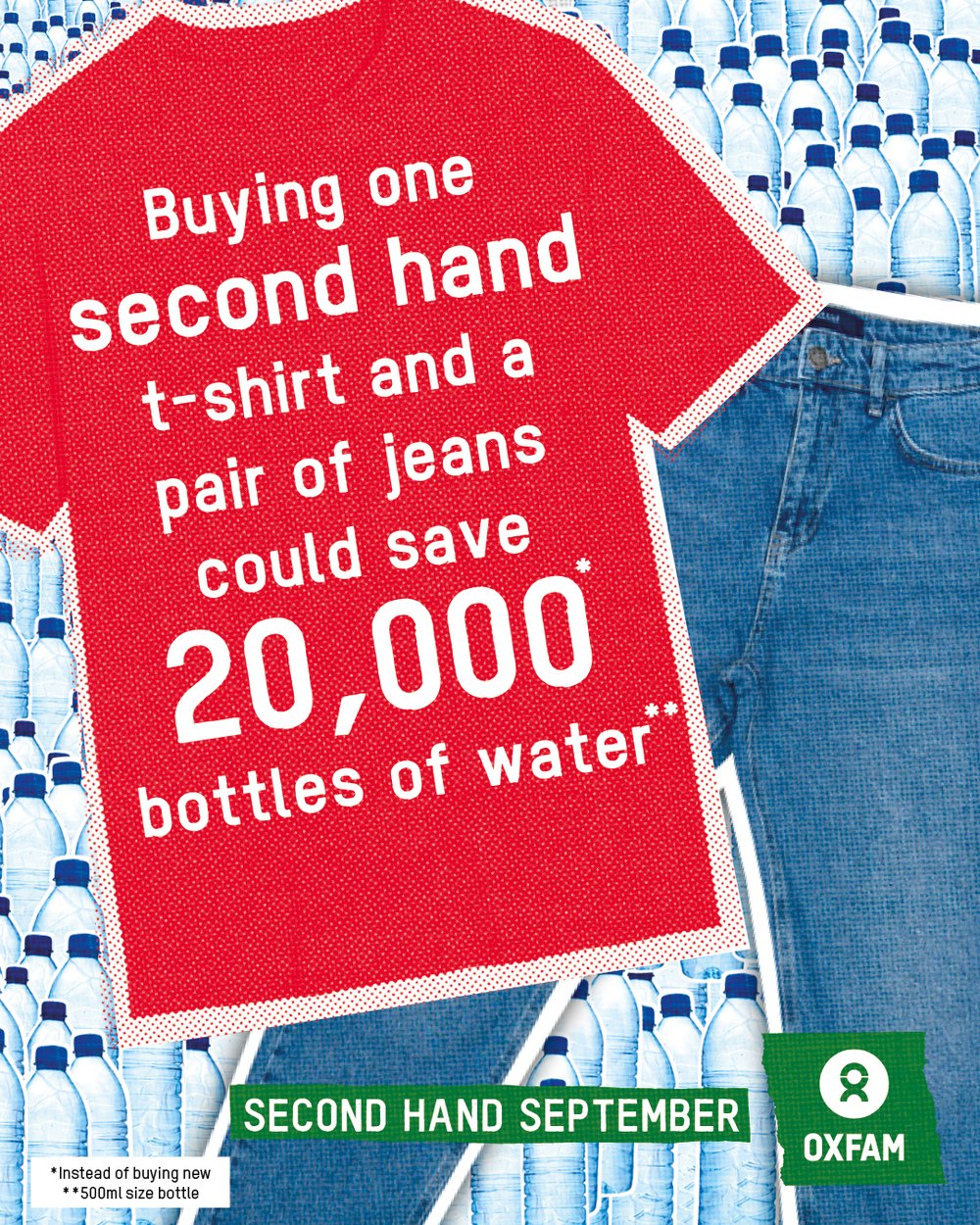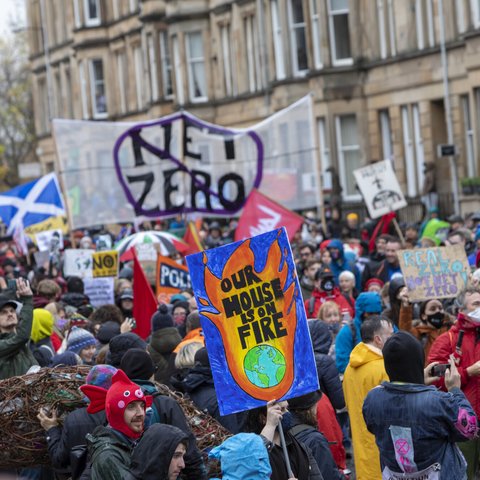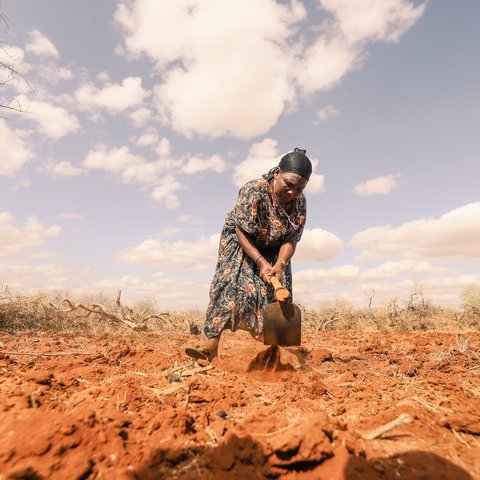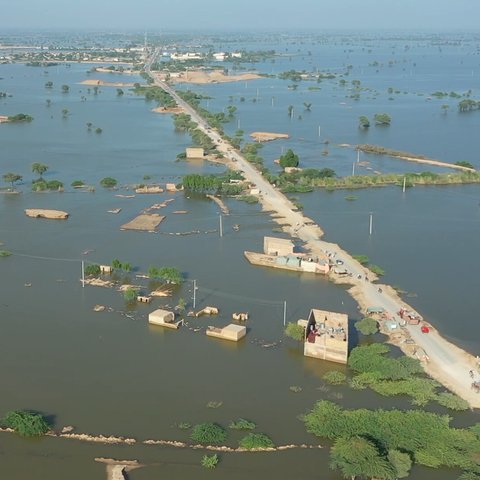Textiles and garments are woven into the fabric of society, connecting lives across the globe. This industry touches everyone from the cotton farmer to the factory or home worker, and ultimately to the consumer who finds comfort in well-made clothing.
Since the 1980s, the fashion industry has transformed, driven by increasing consumption and the rise of fast fashion. While the wealthiest enjoy inexpensive and readily available garments, the true cost is borne by communities worldwide and our natural environment.
One key example of this impact is water.
When we slip on a new pair of jeans or a fresh t-shirt, it’s difficult to wrap our heads around the true environmental cost of such a simple garment, particularly in terms of water usage.
Consider this: The water used annually to produce clothing for the UK alone amounts to 8 billion cubic metres. This volume could meet the entire UK population's water needs for two years or fill Loch Ness, Scotland's largest lake by volume.
On a more personal level, the average Briton buys 26.7kg of garments yearly. The water needed to produce this amount could supply a typical UK household for over 18 months. If every person in the UK bought one pair of second-hand jeans this September instead of new ones, we could save enough water to fill Lake Bala in Wales five times over, or conserve 1 trillion bottles of water.
This water consumption is in addition to the carbon footprint of our clothing. Remarkably, textile production contributes more to climate change than international aviation and shipping combined.
But the main water impact of our clothing extends beyond UK shores. Globally, 90% of garment production is outsourced to low- and middle-income countries. While we consume 'affordable' fashion, water depletion and pollution disproportionately affect Global South communities that farm raw materials and manufacture clothes, significantly contributing to water scarcity in these regions.
This situation underscores the climate inequality inherent in the fast fashion model. While fast fashion consumption primarily occurs in countries like the UK, the environmental impacts and compounded consequences of climate change are felt most acutely in production countries.
This imbalance partly stems from the colonial era when the extractive garment production system was established. For instance, the global cotton empire that fuelled British imperialism created economic flows that still benefit the UK by outsourcing water and carbon footprint from garment production.
